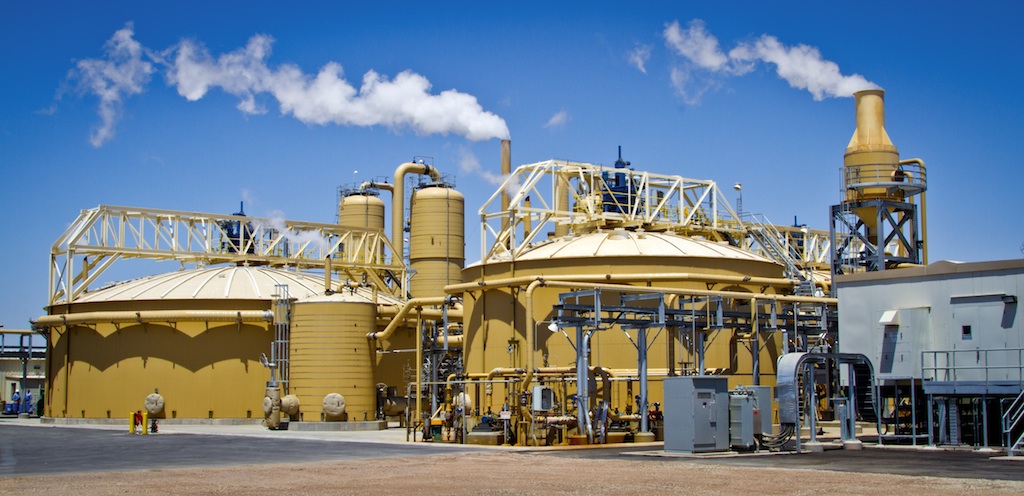California and its possible role in expanding U.S. geothermal energy production
Geothermal production in California accounts for more than 20% of total geothermal energy production worldwide and could play an important role in an expansion of geothermal energy production in the U.S., so a recent article by the U.S. DOE.
In an article published today, the U.S. Department of Energy’s Geothermal Technologies Office provides its view on how California can expand U.S. geothermal energy production. The following is the article published today.
California is privileged to have access to a variety of robust energy resources, particularly geothermal energy. It produces more geothermal power than any other state, and alone accounts for more than 20% of total geothermal energy production worldwide. Additionally, the U.S. Department of Energy’s (DOE’s) National Renewable Energy Laboratory (NREL) demonstrated the importance of adding even more geothermal energy to California’s grid, which could translate to potentially hundreds of millions of dollars saved annually in operations, maintenance, and statewide utility bills.
Even with this firm potential, developing new geothermal energy in a competitive California energy market remains a challenge for several reasons – some technical, others market-based. To address these concerns, DOE’s Geothermal Technologies Office (GTO) in recent months partnered with the California Energy Commission (CEC), the Department of the Interior (DOI), and several private foundations. Within a series of both formal and informal industry gatherings, including a key forum held last fall, several leading trends have emerged.
California Can Guide Geothermal Expansion
While no two geothermal resources are alike, overcoming the technical challenges of developing new geothermal resources in California serves as a bellwether for the expansion of geothermal resources across the nation. For example, DOE and CEC are investing in novel research mineral recovery techniques that potentially lead to direct applications for high- and low-temperature geothermal resources in California and more broadly.
To best address emerging challenges, additional partnerships can be forged between the national labs and industry to bring research further out of the lab and into the field. These partnerships can set a path for successful testing of materials and equipment in high-temperature environments encountered at, for example, The Geysers (northern California) and Salton Sea(southern California), thus providing a foundation for similarly challenging resources across the United States.
New Geothermal Ideas Emerging
New thinking continues to surface around key points of innovation – developing hybrid systems as a means to respond to an increasingly flexible grid; recovering critical materials from geothermal brines such as lithium and manganese for use in high-tech industries; and cascading uses such as desalination or even steam storage.
In terms of mineral recovery, California’s resource-rich Salton Sea region leads the way. In fact, a variety of stakeholders strongly advocate for advancing new development in the Salton Sea – the nation’s largest geothermal producing district. They recommend California and the federal government continue to work closely to integrate geothermal development into the region’s long-term environmental management planning, building on an agreement signed last year between California and DOI.
U.S. Innovations Leading the Way
The international geothermal market and innovation front is quite strong, with new developments taking place on a larger scale in Southeast Asia and East Africa. Additionally, a research consortium in Iceland, using drilling technology originally funded and developed through GTO’s work with Baker Hughes, recently completed an impressive high-temperature drilling project that tapped temperatures of 800 degrees Fahrenheit at depths exceeding 15,000 feet, an important first step in exploring further potential.
It’s an exciting time for geothermal research and technology. Our office is guiding the way in several key areas and across various key regions, including California. This includes leveraging exploration methods used by oil and gas to find previously unknown hydrothermal systems; developing a dedicated field site for accelerating breakthroughs for enhanced geothermal systems technology that could unlock vast, previously unavailable geothermal energy; and funding novel technologies for extracting specific high-value minerals from geothermal brines.


















